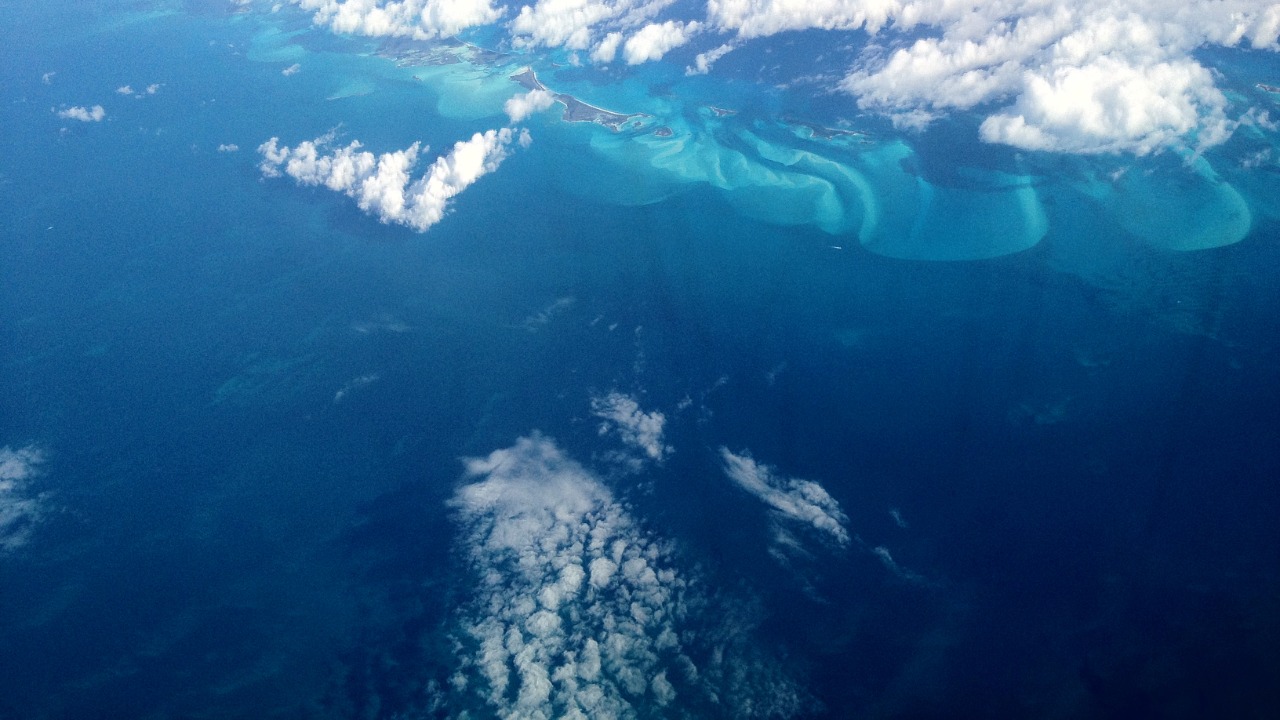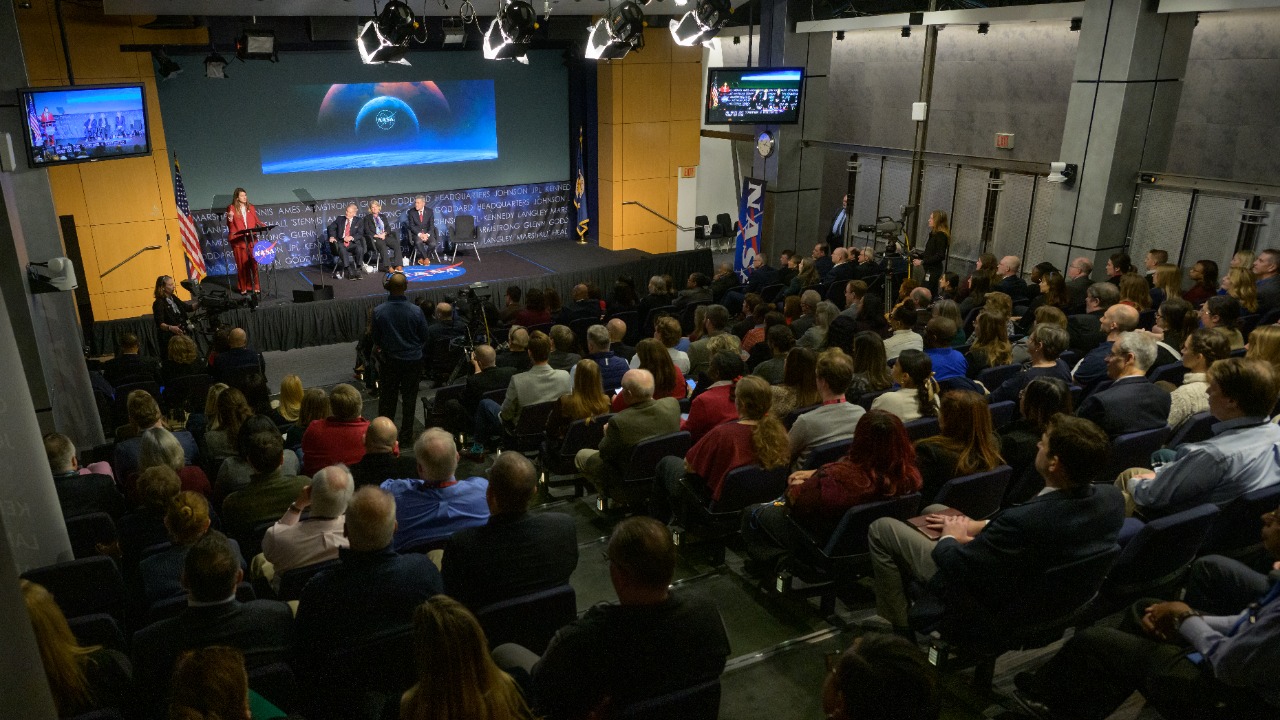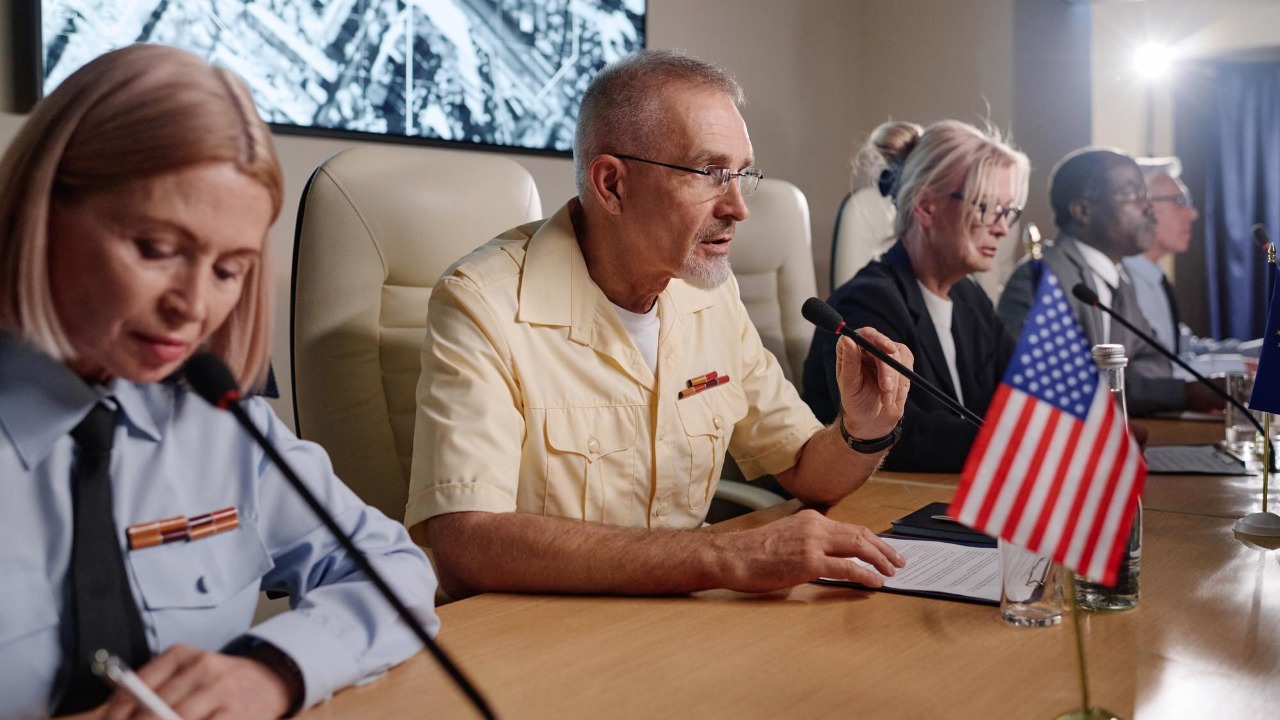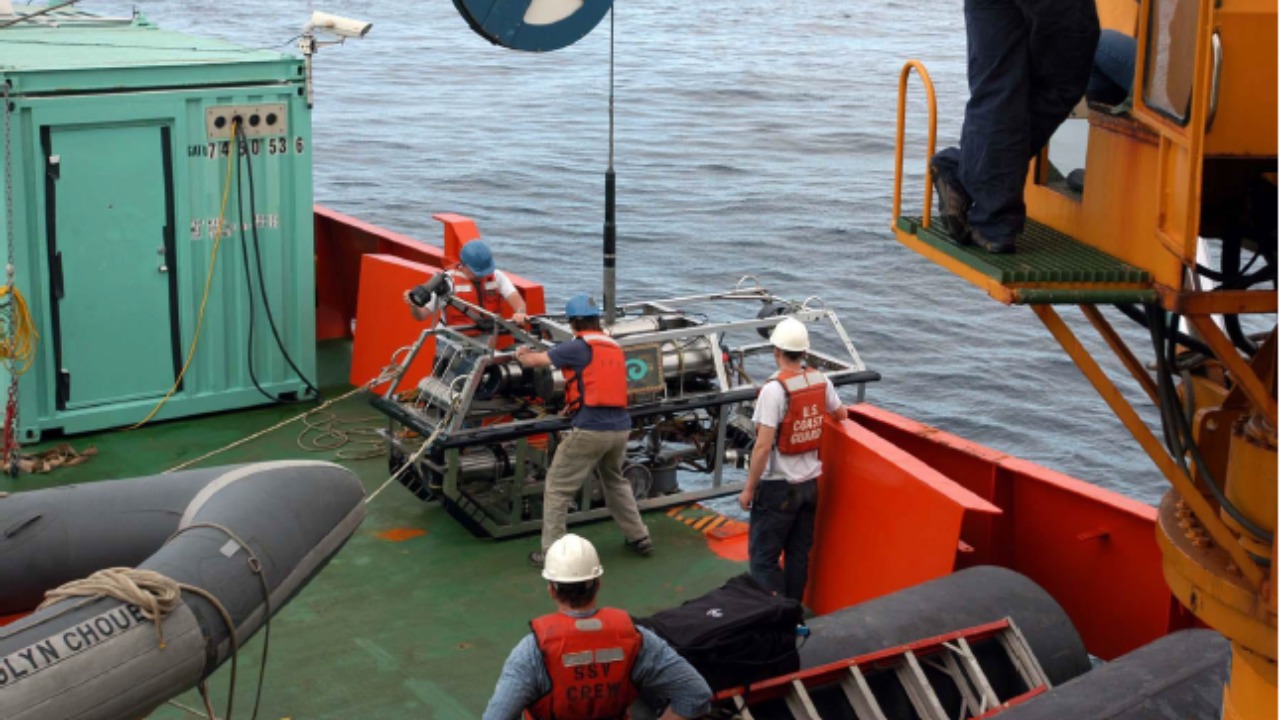
A recent claim by a scientist has reignited interest in the Bermuda Triangle, a region synonymous with mystery and intrigue. For decades, this area has been the subject of countless theories and speculations about the mysterious disappearances of ships and aircraft. Now, a new theory proposes a scientific explanation that could potentially solve the enigma once and for all.
The Enigma of the Bermuda Triangle

The Bermuda Triangle, an area in the North Atlantic bounded by Miami, Bermuda, and Puerto Rico, has been a subject of intrigue for decades. Notably, in December 1945, Flight 19, a group of five TBM Avenger torpedo bombers, disappeared during a training flight, fueling the mystery surrounding the region. Numerous other incidents, such as the vanishing of the USS Cyclops in 1918, have contributed to the legend of the Bermuda Triangle. These events have given rise to the area’s reputation as a vortex of perplexing disappearances.
Over the years, various theories have attempted to explain the Bermuda Triangle’s mysteries. Some suggest extraterrestrial abductions, while others propose natural phenomena such as underwater gas eruptions or rogue waves. The notion of methane hydrates suddenly releasing from the ocean floor, causing ships to sink, has been explored, as has the possibility of unusual magnetic fields that might interfere with navigation instruments. Despite numerous theories, none have been universally accepted, leaving the mystery unresolved.
The cultural impact of the Bermuda Triangle is undeniable. It has inspired numerous books, such as Charles Berlitz’s “The Bermuda Triangle,” and has been featured in films and documentaries, further embedding itself into popular culture. The allure of an unsolved mystery continues to captivate audiences, with the Bermuda Triangle often serving as a backdrop for stories of adventure and suspense.
The Scientist’s Groundbreaking Theory

Dr. Karl Kruszelnicki, an Australian scientist and researcher, has recently made headlines with his claim of solving the Bermuda Triangle mystery. With degrees in physics and mathematics, Dr. Kruszelnicki is renowned for his ability to debunk myths through scientific reasoning. His expertise lends credibility to his latest assertion, which challenges long-standing assumptions about the Bermuda Triangle.
Dr. Kruszelnicki’s new explanation attributes the mysterious disappearances to human error and natural environmental factors rather than paranormal activity or alien intervention. He suggests that the high volume of traffic in the area, combined with the unpredictable weather patterns of the region, contributes to the incidents. This perspective diverges from previous theories by focusing on a combination of logical, scientifically grounded factors rather than speculative ideas.
The evidence supporting Dr. Kruszelnicki’s theory includes extensive analysis of historical weather patterns and statistical data on shipping and aviation incidents. He has meticulously reviewed documented cases, identifying common factors that align with his hypothesis. While his findings are subject to scrutiny and debate, they present a compelling argument, prompting both praise and criticism from peers within the scientific community.
Scientific Community’s Reaction

The scientific community has reacted with a mix of skepticism and support to Dr. Kruszelnicki’s theory. Some researchers argue that his explanation oversimplifies the complex nature of the Bermuda Triangle phenomena, pointing out that not all incidents can be attributed solely to human error and environmental conditions. Critics also emphasize the need for further empirical evidence to substantiate the claims fully.
Conversely, supporters of Dr. Kruszelnicki’s theory commend his reliance on scientific data and rational analysis. They appreciate his efforts to shift the narrative away from sensationalized explanations and towards a more evidence-based understanding. This approach could potentially guide future research, encouraging investigators to focus on tangible factors rather than speculative theories.
If Dr. Kruszelnicki’s hypothesis gains wider acceptance, it may redefine the course of research into the Bermuda Triangle. It could steer investigations towards more scientifically grounded inquiries, fostering a deeper understanding of the region’s unique environmental conditions. The potential of resolving one of the most enduring mysteries in modern history is a tantalizing prospect for both scientists and the public alike.
Public Fascination and Media Coverage

The media has been quick to cover Dr. Kruszelnicki’s claims, sparking a renewed wave of interest in the Bermuda Triangle. News outlets across the globe have reported on the theory, often with sensational headlines that capture the public’s attention. This widespread coverage has sparked debates on social media platforms, where users share and discuss the implications of potentially solving the Bermuda Triangle mystery.
The ongoing fascination with the Bermuda Triangle persists, even in the face of scientific explanations. The allure of an unsolved mystery, combined with the region’s storied history, continues to captivate people’s imaginations. Stories of inexplicable disappearances and uncharted phenomena appeal to the human desire for adventure and the unknown, ensuring that the Bermuda Triangle remains a topic of intrigue.
Social media has played a significant role in both spreading information and perpetuating myths about the Bermuda Triangle. Platforms like Twitter and Facebook allow for rapid dissemination of news, enabling individuals to engage with the topic in real-time. However, this also means that misinformation can spread just as quickly, requiring critical evaluation of sources and claims.
The Future of the Bermuda Triangle Mystery

Despite the potential breakthrough, questions remain about the Bermuda Triangle. Some incidents lack sufficient evidence or documentation, leaving room for speculation and further investigation. Dr. Kruszelnicki’s theory, while compelling, does not address every anomaly associated with the region, suggesting that more research is necessary to fully understand the phenomena.
Advancements in technology may play a crucial role in unraveling the mystery further. Improved satellite and radar systems could enhance monitoring of the area, providing valuable data on weather patterns and environmental conditions. Additionally, underwater exploration technologies might offer insights into the ocean floor’s geological activities, potentially shedding light on unexplained occurrences.
The legacy of the Bermuda Triangle is likely to evolve as new theories and discoveries emerge. Should Dr. Kruszelnicki’s theory gain acceptance, it may shift the narrative from one of supernatural intrigue to a more scientifically grounded understanding. Nonetheless, the Bermuda Triangle’s allure as a symbol of mystery is likely to endure, continuing to captivate both scientific circles and popular culture for generations to come.